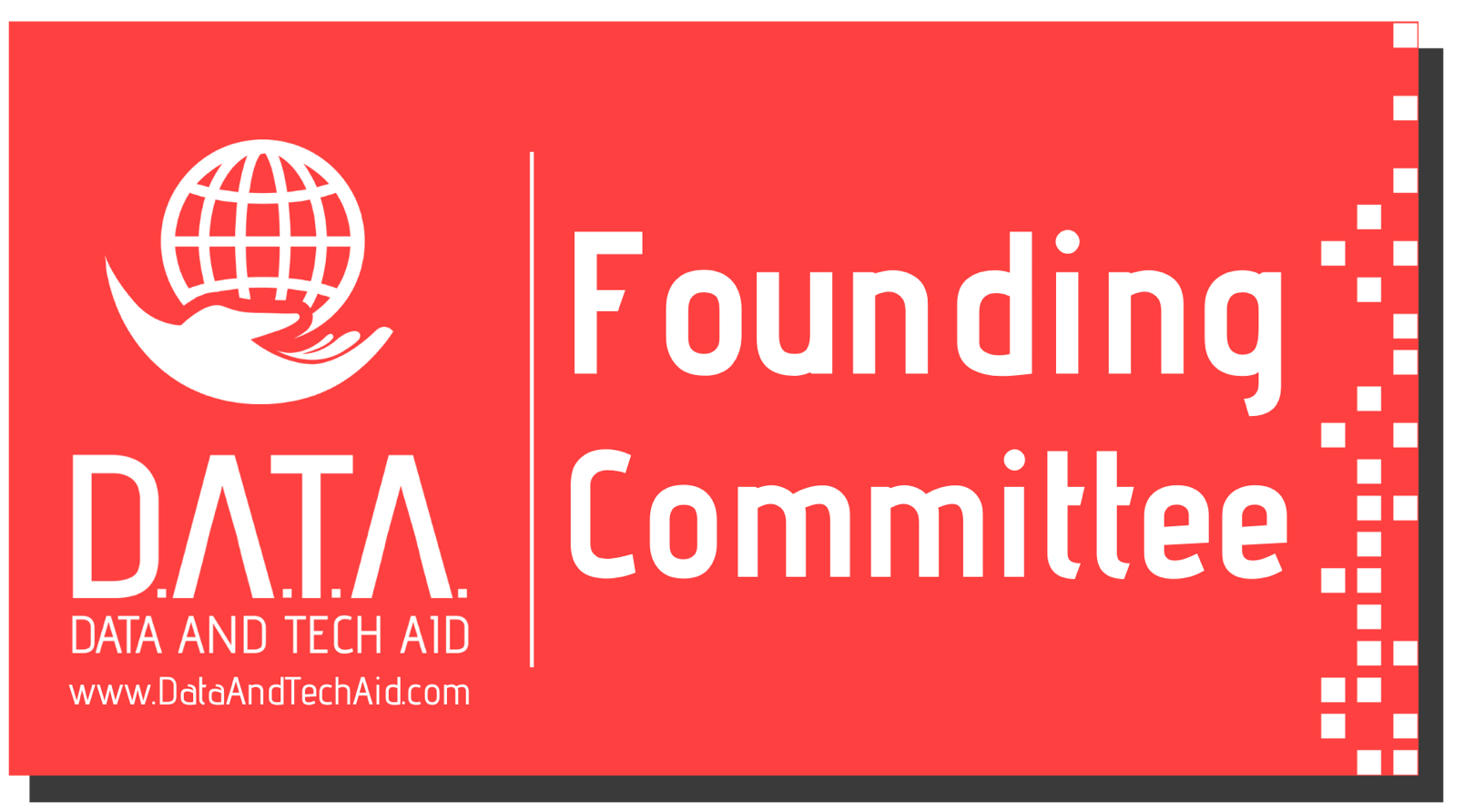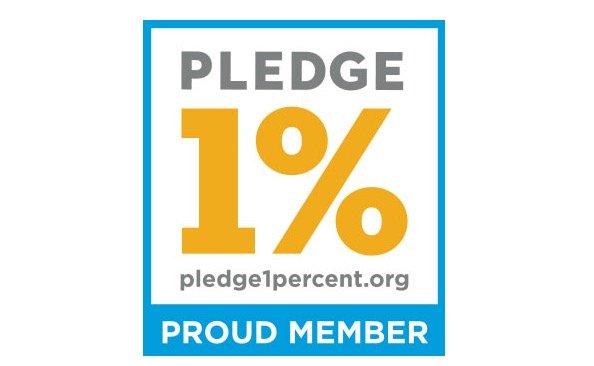Data Governance Interview With Justin York
/I thought it was time that I interviewed Justin York for my blog. I have known Justin for many years and he was my first Data Governance Coach Associate. You’ve possibly seen guest posts he has written in the past or seen him delivering Data Literacy courses for me, so I thought it was time to ask him to share how he got into Data Governance and to share some insights from his many years of Data Governance experience.
After a long military career in army logistics, with the final 15 years working in Data Management, Justin moved into consulting and eventually moved more into Data Governance. Justin has since worked in a myriad of businesses all with different challenges. Justin is also a qualified coach and said he enjoys the engagement with people whether on a contract or simply in day-to-day life.
How long have you been working in Data Governance?
I have been working in Data Governance formally (under that title) for around 16 years, however, I have been engaged with the ownership of data and the decision-makers for around 20 years or so.
Some people view Data Governance as an unusual career choice, would you mind sharing how you got into this area of work?
I have worked for a long time in the realm of information/Data Management and while employed on a contract at the UK Ministry of Defence met Nicola Askham and at that point realised that much of the work that I have been doing could loosely be called Data Governance.
The real realisation was that all the challenges that we face around data come under people and whether that’s Data Management or Data Governance you need to get them to understand what you need from them and why. So working under the Data Governance umbrella seemed the most logical step.
What characteristics do you have that make you successful at Data Governance and why?
Primarily I enjoy the engagement with people and the vast majority of the challenges involved in Data Governance spring from people after all people touch the data at all points of its journey and systems generally (notwithstanding the magic of AI) do what their human masters instructed them to do so if there’s a fault that was generated by a human.
So my key skills are engagement with and fast understanding of people and what makes them tick, coupled with excellent levels of patience and the ability to communicate across all levels and explain just what Data Governance is, its benefits and the way that people can engage.
Are there any particular books or resources that you would recommend as useful support for those starting out in Data Governance?
There are so many books out there and all sorts of models and to be honest, while I keep up with the latest trends I don’t tend to read a lot of books and to be fair many of them either reiterate the same material with a different name or refer to well-established materials. I use the DAMA DMBoK as a useful reference and then I typically use my own experience and adapt that to individual organisations’ needs where I work.
What is the biggest challenge you have ever faced in a Data Governance implementation?
Buy in from the management or the people on the ground, Data Governance initiatives to many are just another fad that will pass with time and so with their busy existences, they try to ignore it and get on with their busy jobs. However, they fail to understand what the benefits are such as giving them more time back to do more in their busy jobs, so I think it’s turning the supertanker of suspicion is the biggest challenge.
Is there a company or industry you would particularly like to help implement Data Governance for and why?
I have a particular interest in aviation so I would like to get some work in an airline or manufacturer or space.
What single piece of advice would you give someone just starting out in Data Governance?
Expect the journey to be difficult and challenging because people generally won’t welcome you with open arms.
Finally, I wondered if you could share a memorable data governance experience (either humorous or challenging)?
There are two:
While working at a financial services organisation on director was quite challenging and dismissive of the Data Governance work and would not engage. Eventually, we had a couple of options, one was to go over his head which may create additional friction and the other was that we recognized that his data was not critical to the project so we simply sidelined him. The strange thing was that when he was sidelined and the rest of the organisation kept moving forward he wanted to be involved rather than be left out.
On a different contract I was faced with a member of the management who stated “We don´t need Data Governance as we already do it”, so I asked him to describe what it was that he did in that line and he replied, “well its what we do”, the defence rests!


















